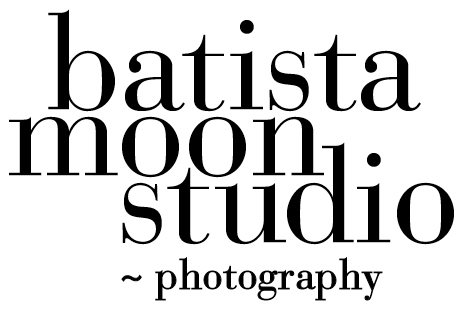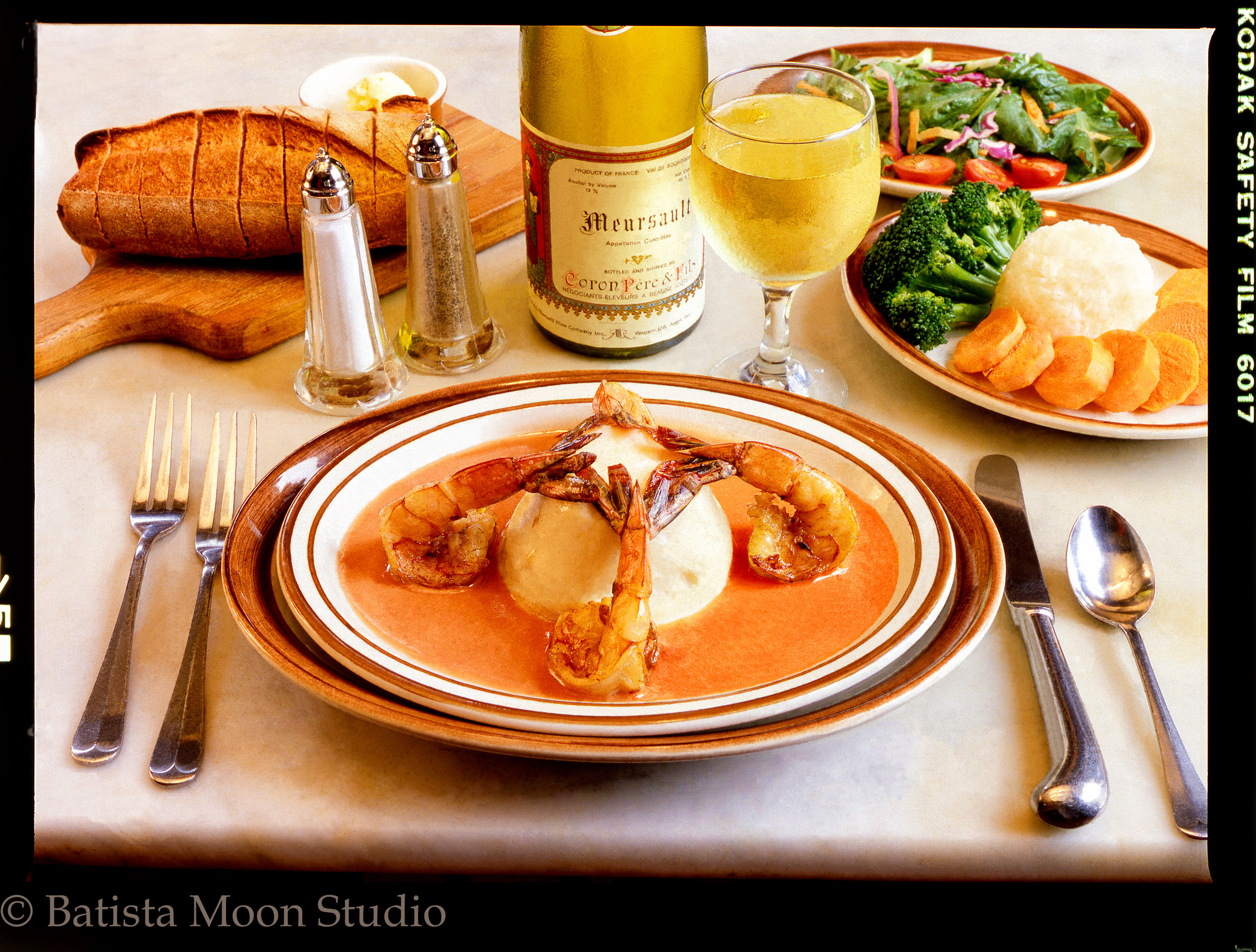The memory of (perhaps) our first restaurant food shoot came barreling back today, so clearly after 40 years. It is interesting how a starting point has such significance. Every food photographer has to start somewhere and this was our beginning point. The location was the General Store, now the General Store/Forge in the Forest on Junipero & 5th. Ironically, the General Store had been a health food store and soup kitchen back in the day. We had bought groceries there and eaten at the soup kitchen quite often in the previous few years. My sister even did a stint in the soup kitchen. I distinctly remember searching and choosing a table with a window so that we had enough light for the exposure. We were using a Mamiya 645, roll film back, Ektachrome Daylight film with an ISO of 100 (exposure not recorded but was probably f/22, shutter speed slow). The window light was sweet. If you look carefully at the highlight in the bottom of the knife, you can see Fernando's face. He is immortalized in a few pixels that will outlive both of us.
A bit of local history......
Forge History
“The Forge” moved to its present location on the corner of 5th and Junipero in 1944, when francis-whitakermaster builder Hugh W. Comstock constructed the current Forge at a cost of $1,200.00, according to a building permit dated 25 September, 1944 and issued to Francis Whitaker, another artist and master blacksmith.
Mr. Whitaker used The Forge to produce much of the hand-wrought hardware (hinges, door latches, sign holders, etc.) that still adorns many of the historic buildings in Carmel. Mr. Whitaker was also active in civic affairs and served on the Carmel-by-the-Sea City Council for 13 years. The actual anvil, vise and hearth used by Mr. Whitaker, as well as photographs of him and the original Forge building, are on display inside the current Forge in the Forest Saloon.
Artist and writer Henry Miller and the internationally renowned writer, John Steinbeck were frequent visitors who met with other locals inside The Forge, to drink, tell stories and talk. The Grapes of Wrath novel was reported to have been inspired inside The Forge as a result of one such meeting. When Francis Whitaker left Carmel in the mid 1960′s, The Forge became an artist’s studio. In the fall of 1970, The Forge was then converted into a restaurant and saloon.
The Forge’s hand carved Brunswick mahogany back bar was discovered languishing in an old rotting barn by a previous partner in The Forge in the Forest business, while seeking shelter from a snow storm. It was originally brought to California “around the Horn,” by a clipper ship from England during the Gold Rush era and is reputed to have been used in a California gold country bordello.

